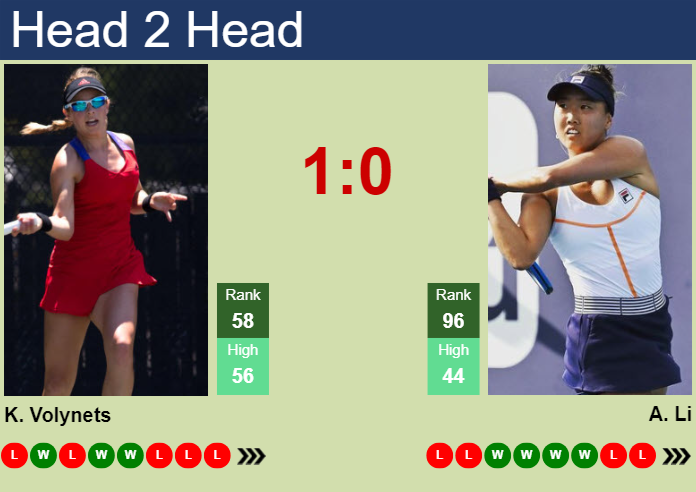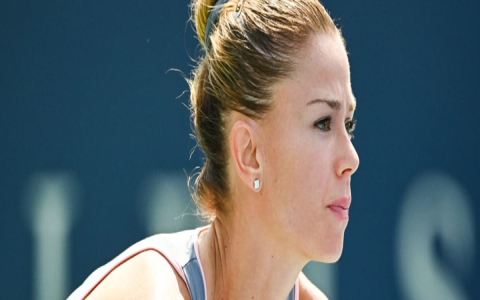So, I’ve been tinkering with this “Katie Volynets prediction” thing for a while now, and let me tell you, it’s been a wild ride. I’m not gonna lie, it all started pretty randomly. I was just browsing through some sports data, you know, killing time, and stumbled upon this name – Katie Volynets. I’d heard of her before, of course, but never really paid much attention. But something about her recent matches got me thinking, “Could I maybe predict her next move?”

First thing I did was gather a bunch of information. I dug into her past performance, win-loss records, the surfaces she played on, her opponents, everything I could find. It was a mess of numbers and stats at first. I felt like I was drowning in data! But hey, I’m not one to back down from a challenge, so I rolled up my sleeves and started organizing it all.
I started putting things into spreadsheets, trying to make sense of it all. Wins here, losses there, trying to see if there were any patterns. Like, did she do better on clay courts or hard courts? Was she stronger against certain types of players? It was like trying to solve a puzzle, you know?
Then came the tricky part – figuring out what kind of prediction model to use. There are tons of them out there, each with its own pros and cons. I read through a bunch of articles, watched some videos, tried to wrap my head around all these fancy algorithms. Honestly, some of it went right over my head! I’m no data scientist or whatever.
After a lot of trial and error, I decided to keep it simple. I mean, why overcomplicate things, right? I picked a basic model, something that wouldn’t make my head spin too much. The idea was to just get a general sense of what her chances were in the next match, not to pinpoint the exact score or anything crazy like that.
So, I fed the data into the model, crossed my fingers, and ran it. The first few results were all over the place. I mean, completely off. It was like the model was just throwing darts blindfolded. I almost gave up at that point, I’m not gonna lie. But then I thought, “Maybe I’m not giving it enough data, or maybe I’m not using the right data.”
I went back to the drawing board, tweaked a few things, added some more data, and tried again. This time, the results were a bit more promising. It wasn’t perfect, of course, but it was definitely closer to reality. I ran it a few more times, making small adjustments here and there, and slowly but surely, it started to get better.
Now, I’m not saying I’ve cracked the code or anything. This is still very much a work in progress. But I’ve definitely learned a lot along the way. I realized it needs a lot more data and maybe a better model to achieve it. I think I will keep doing this in the future. I’m excited to see where this goes. It’s like a little personal project, you know? Something to keep my brain busy and maybe, just maybe, help me make some decent predictions about Katie Volynets’ future matches.














